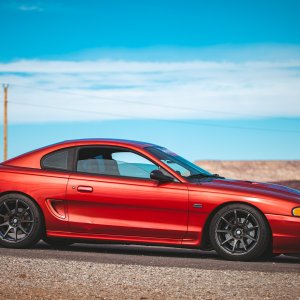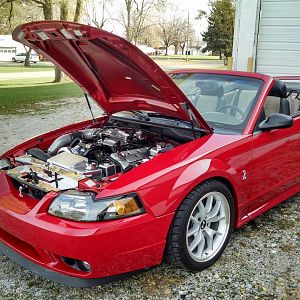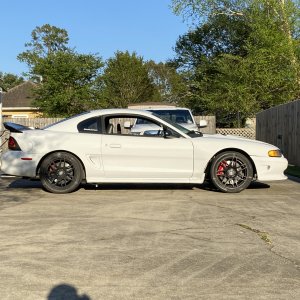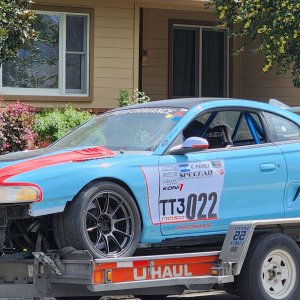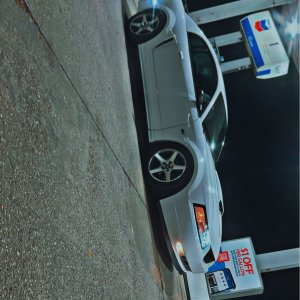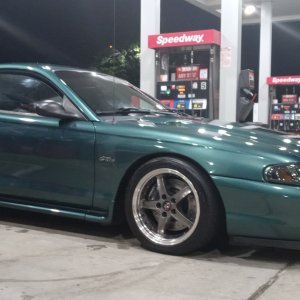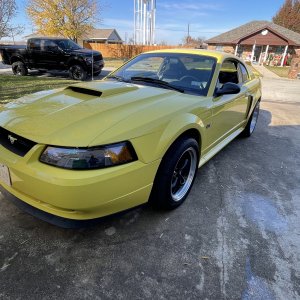I think the issue is a lot of stock spoilers/wings aren't suppose to be functional. They're just thrown on for the sport look. The effects weren't predicted or tested, I'm sure a lot of the stock spoilers could in fact cause drag or undesired effects.
I've been studying flow characterists a lot lately, such as in pipes or ducts. Its not nearly as complicated as aerodynamics on a car bur even some of those predictions can be difficult or near impossible to correctly predict.
I don't think wing vs spoiler is completely set in stone, but the desired effect of a proper wing or spoiler has been discussed here.
I, of course, do not know whether a spoiler on a production car actually works or not. There's no way I can without doing all kinds of testing and wind tunnels and stuff. In the past, most manufactures did not do wind testing. Probably, as you say, just threw on a spoiler for looks and who knows what it actually did to the drag. These days, with MPG's being so important, and the automotive industry just being more sophisticated (because computers and progress and stuff), I would not be surprised to see more and more brands doing this type of testing.
So - does the stock spoiler on a SN95 really reduce drag? I don't know. However, logic tells me that conceptually it does. So I would tend to think, initially, that it would on our cars. Now, someone can say "But Scott, my friend removed his spoiler and he went faster." Well. I may or may not change my opinion of spoilers on our cars. What other conditions were present when said friend went faster? Was it cooler outside? Was the track grippier? I don't know. So I will take that "went faster" with a grain of salt. If, instead, that guys said "But Scott, my friend spent the whole day at the track, alternating runs with the spoiler on and the spoiler off, aggregated all of the data, averaged out the top speeds/times for runs with the spoiler and runs without, and you know - he went faster overall without the spoiler" Then, THEN I would believe the spoilers don't do shit on our cars.
Or if someone were able to dig up a wind tunnel test on our cars showing the smoke trails with and without a spoiler. Although I'm sure Ford didn't do this. But maybe they did back then? :dontknow:
Anyway, like you say, I don't really know how effective they are on our cars. But I am currently inclined to think they help more than they hurt, because of the way they work. I don't see anything about our cars rear-end design that would make it think it creates less turbulent air without a spoiler than it would with. I come back to that truck example. Tailgate up, better MPG's. I don't think manufactures did wind tunnel testing on a truck bed with the tailgate. But yet - it reduces drag. So it works. It just plain works. Granted, a car is different, and there is less of a "pocket" on the trunk than there is with a truck bed, but here I am inclined to believe that it "just works" - though perhaps not to the same extent as on a truck.

